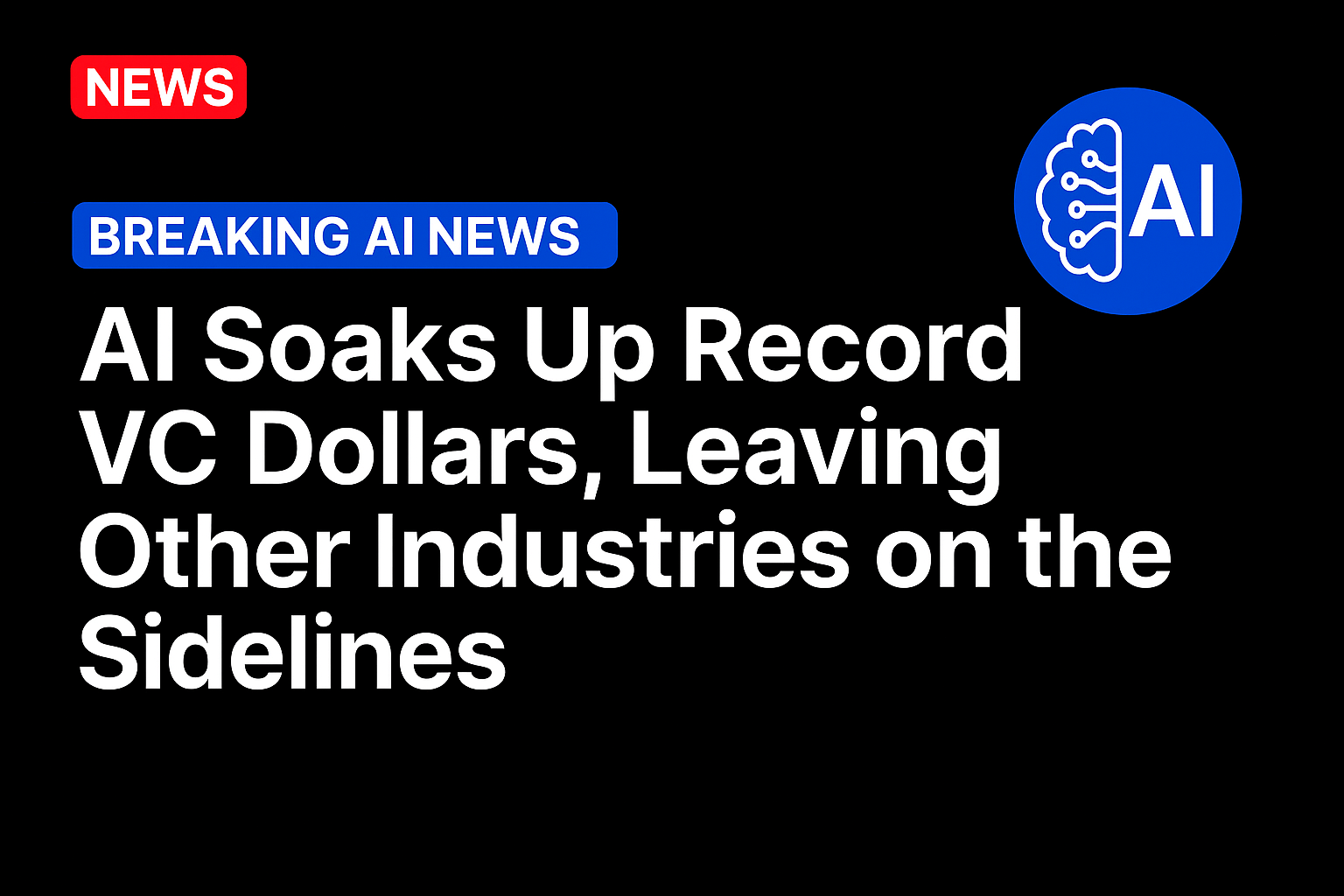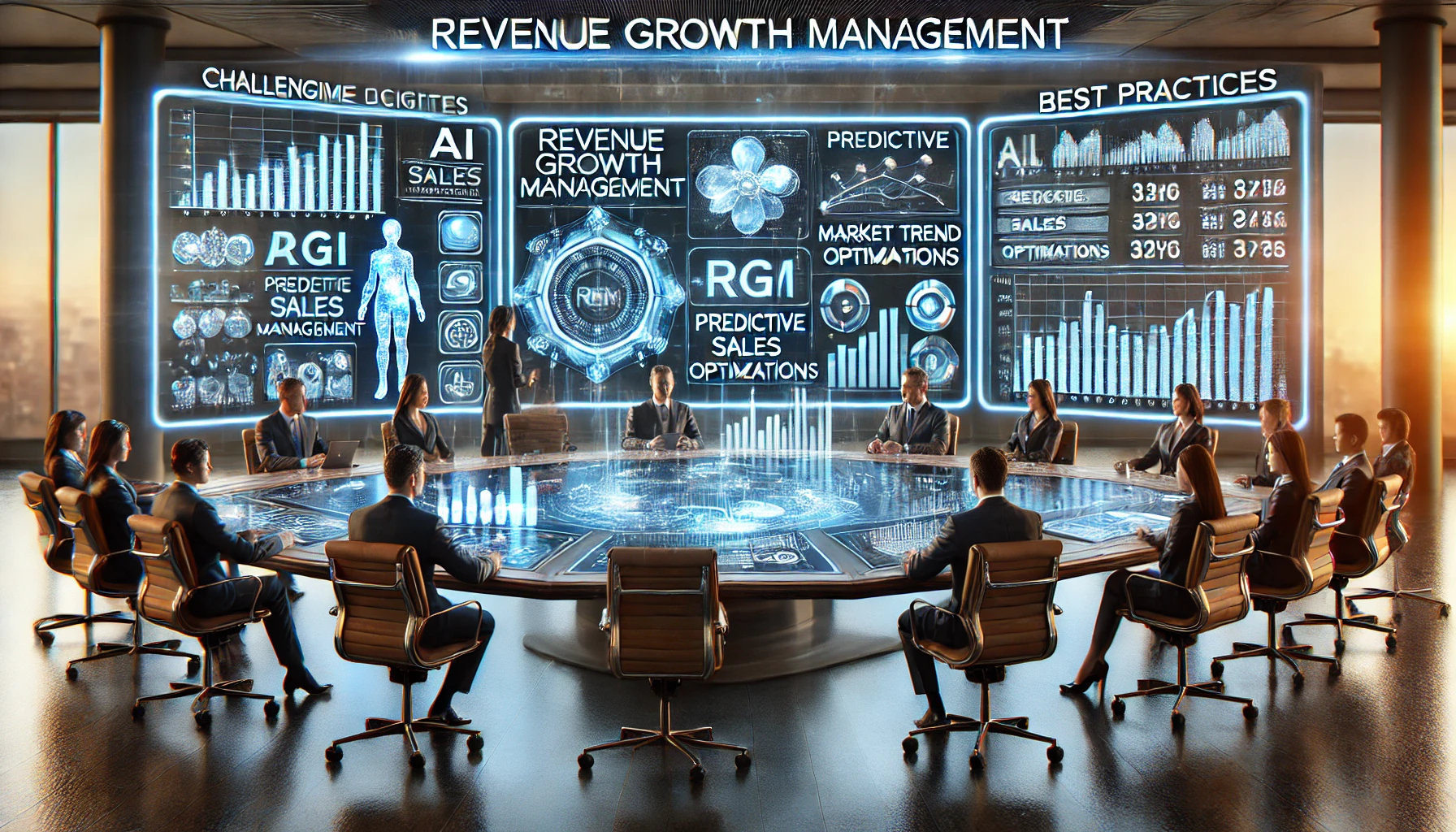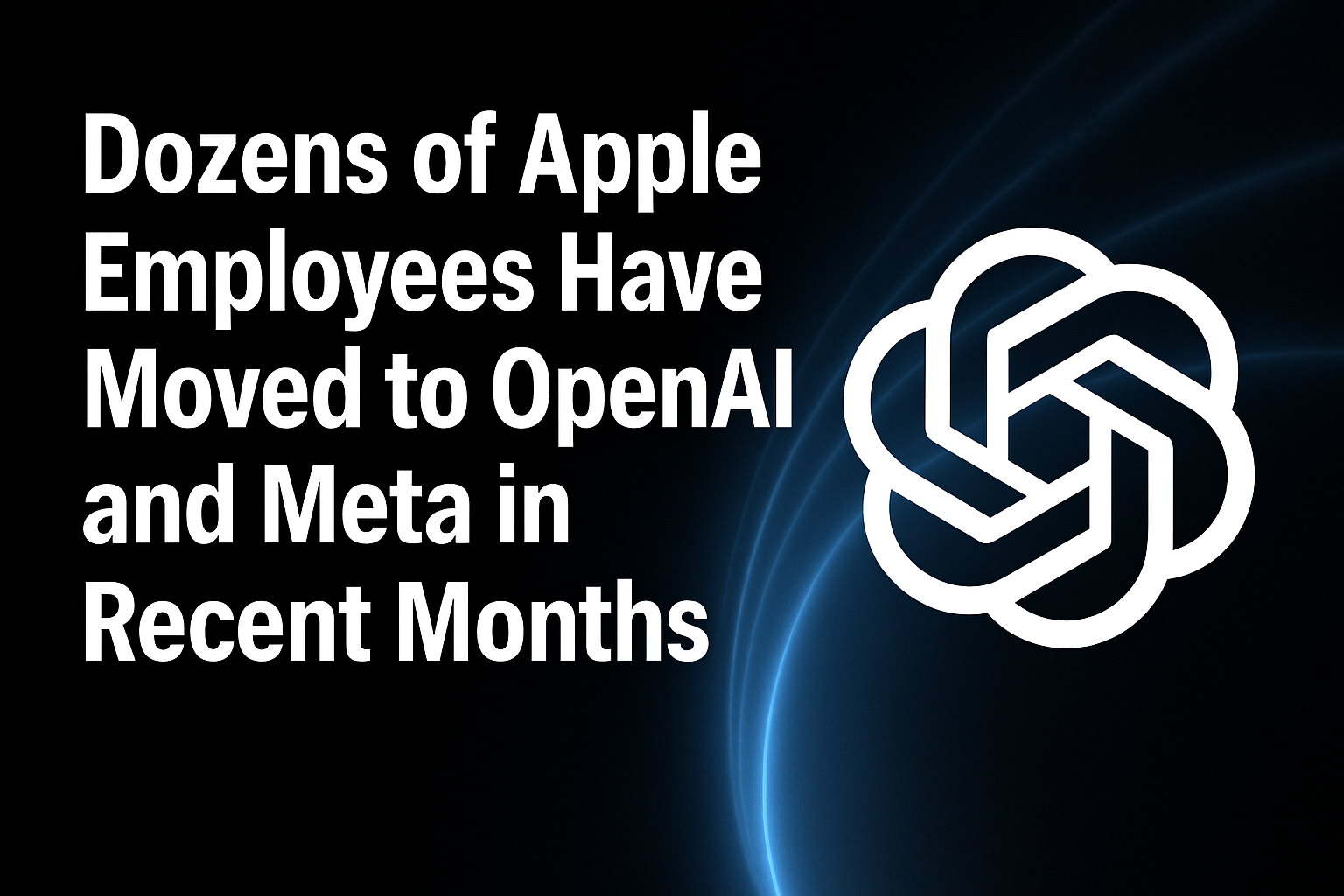
Venture capital has never been more one-sided. In 2025, investors funneled nearly $193 billion into AI startups, the first time since the dot-com bubble that more than half of global VC dollars went to a single sector, according to PitchBook via Bloomberg. The surge is minting winners at the top while the rest of the startup pipeline grows thin.
“You’re in AI, or you’re not. You’re a big firm, or you’re not,” said Kyle Sanford, director of research at PitchBook. His comment captures a venture market increasingly divided between a handful of AI giants and everyone else.
The leaders are pulling in historic rounds. Anthropic closed a multibillion-dollar raise this quarter at a valuation above $180 billion, while Elon Musk’s xAI also secured billions. Vercel raised $300 million at a $9.3 billion valuation, Supabase raised $100 million at $5 billion, and DualEntry pulled in $90 million in its Series A. Anaconda raised $150 million in July. These deals show how capital is clustering around infrastructure and developer platforms that are seen as central to AI’s future.
Fewer Funds, Less Fuel
Behind the surge in AI investment lies a structural shift. Just 823 funds raised $80 billion globally in 2025, a steep fall from 4,430 funds raising $412 billion in 2022, according to Bloomberg. With fewer pools of capital, the pipeline of early-stage startups risks thinning out, as investors concentrate larger checks into established names rather than seed or Series A bets that could have grown into the next Anthropic or Stripe.
“Backers of venture funds and partners of VC firms are being more deliberate about where they’re putting their money,” Sanford said. Increasingly, that deliberation means writing bigger checks into fewer firms with clear AI exposure. The shift reflects not only risk aversion but also limited partner pressure to show near-term results, and it raises concerns that the next generation of early-stage founders could be crowded out before they even get started.
Risks to the Startup Ecosystem
Bloomberg has reported that AI is already siphoning venture dollars away from other technology sectors, making it harder for non-AI startups to raise capital. At the same time, AI is among the most capital-intensive industries in tech. Citi projects that global spending on AI infrastructure could exceed $2.8 trillion through 2029. That pull is drawing capital not only to model developers but also to adjacent players in chips, cloud, and physical infrastructure. The result is a market where AI platforms and infrastructure startups are flush with resources, while companies in sectors like healthcare, mobility, and climate face slower deal cycles and smaller rounds.
CFOs are also adding restraint. According to PYMNTS Intelligence, only 26.7 percent of finance leaders plan to increase generative AI budgets in 2026, down from 53.3 percent a year earlier. Half of firms reporting strong returns will expand spending, while just 16.7 percent of those seeing negligible ROI intend to do so. That split reflects what PYMNTS has called the ROI paradox: adoption is soaring, with infrastructure spending forecast to reach trillions, but the economics have yet to catch up.
For now, AI dominates venture capital in scale and in focus. The money is flowing to a few large players while the rest of the industries see funding pools shrink.
Source: https://www.pymnts.com/




